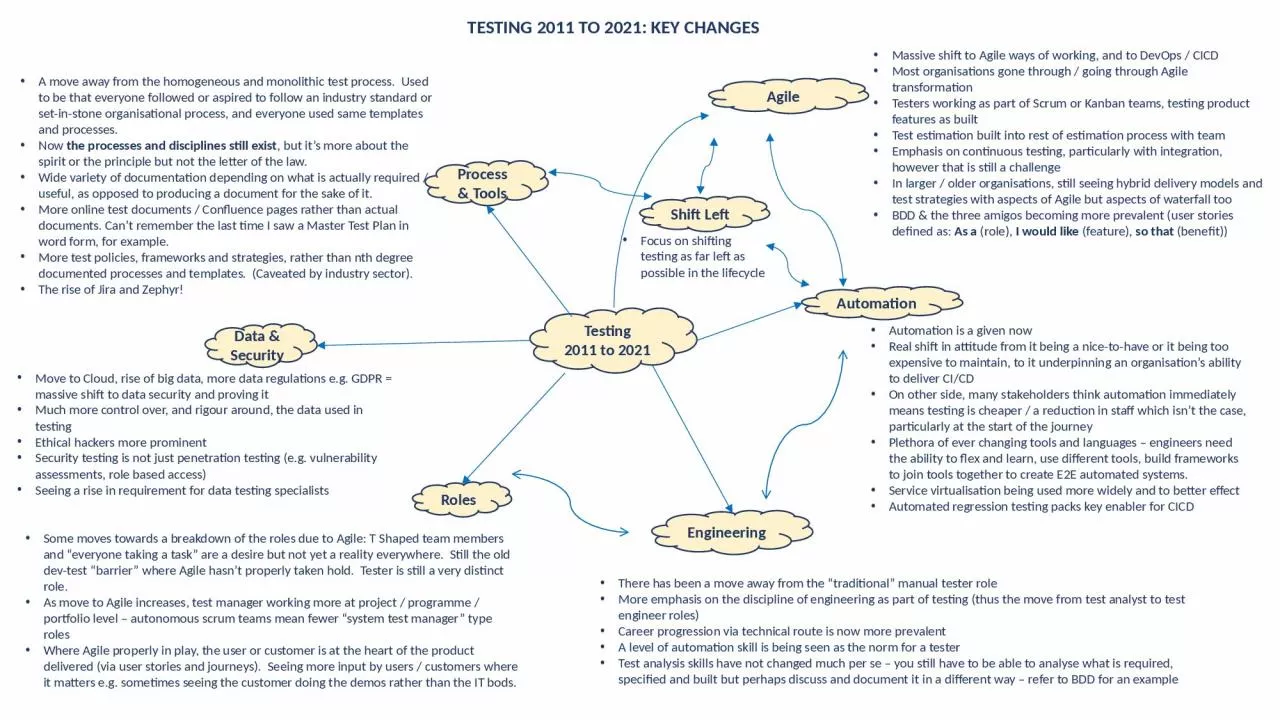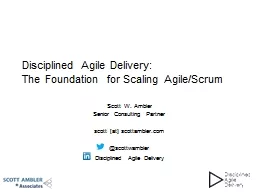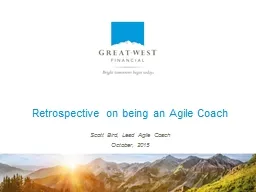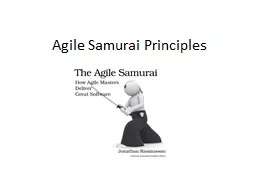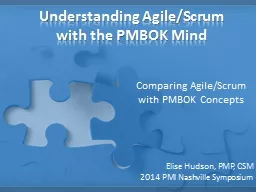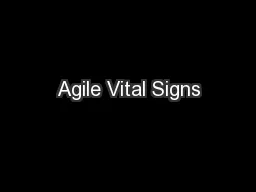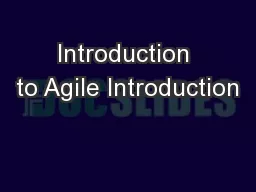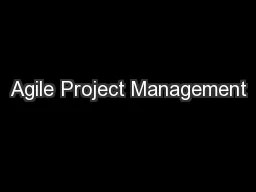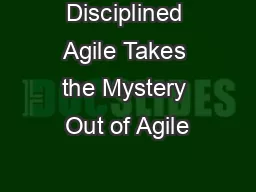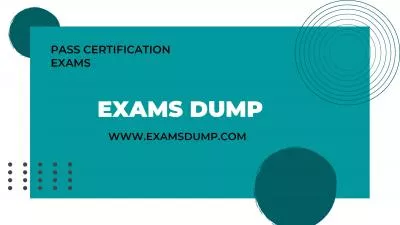PPT-Testing 2011 to 2021 Agile
Author : amey | Published Date : 2024-01-13
Engineering Automation Roles Process amp Tools TESTING 2011 TO 2021 KEY CHANGES Massive shift to Agile ways of working and to DevOps CICD Most organisations gone
Presentation Embed Code
Download Presentation
Download Presentation The PPT/PDF document "Testing 2011 to 2021 Agile" is the property of its rightful owner. Permission is granted to download and print the materials on this website for personal, non-commercial use only, and to display it on your personal computer provided you do not modify the materials and that you retain all copyright notices contained in the materials. By downloading content from our website, you accept the terms of this agreement.
Testing 2011 to 2021 Agile: Transcript
Download Rules Of Document
"Testing 2011 to 2021 Agile"The content belongs to its owner. You may download and print it for personal use, without modification, and keep all copyright notices. By downloading, you agree to these terms.
Related Documents

